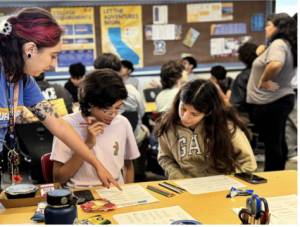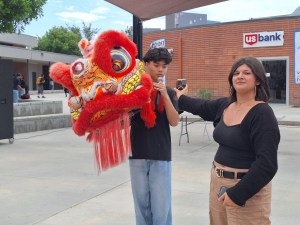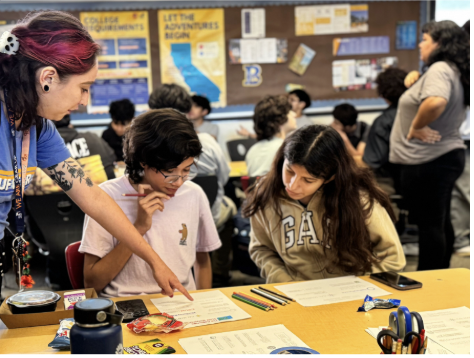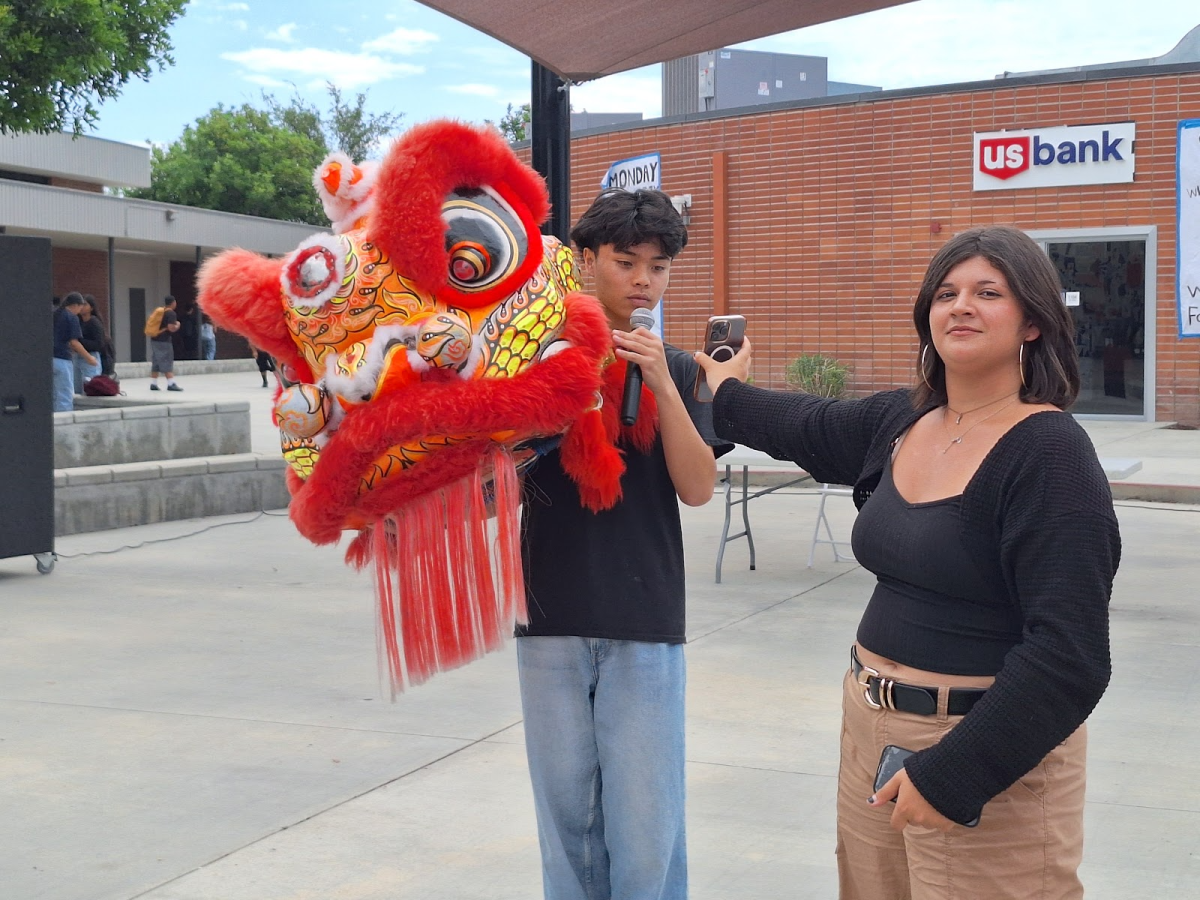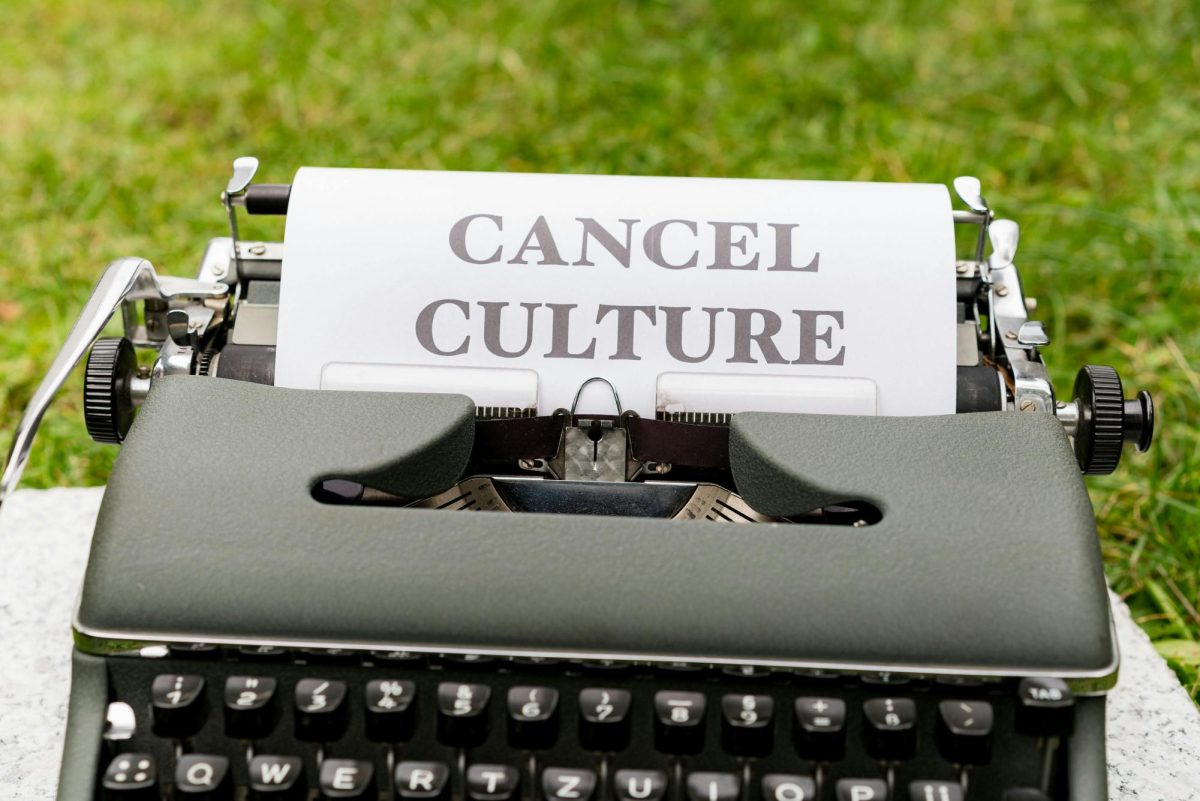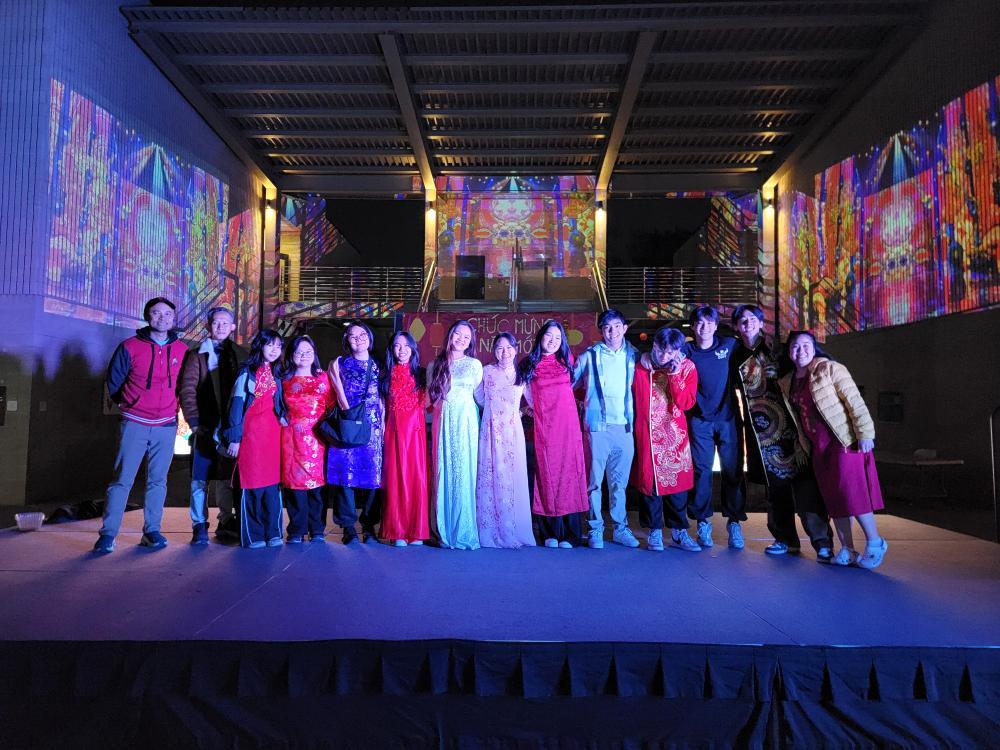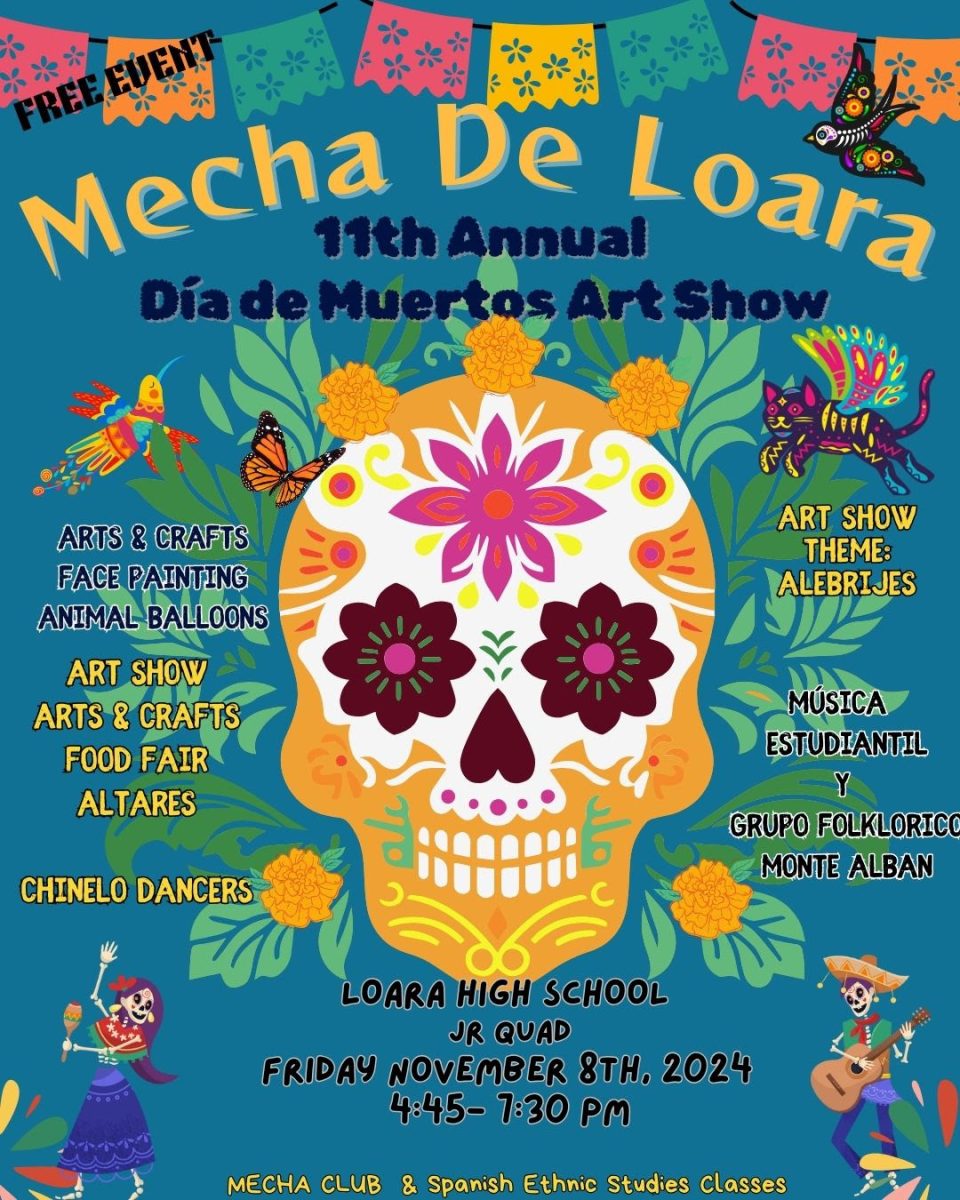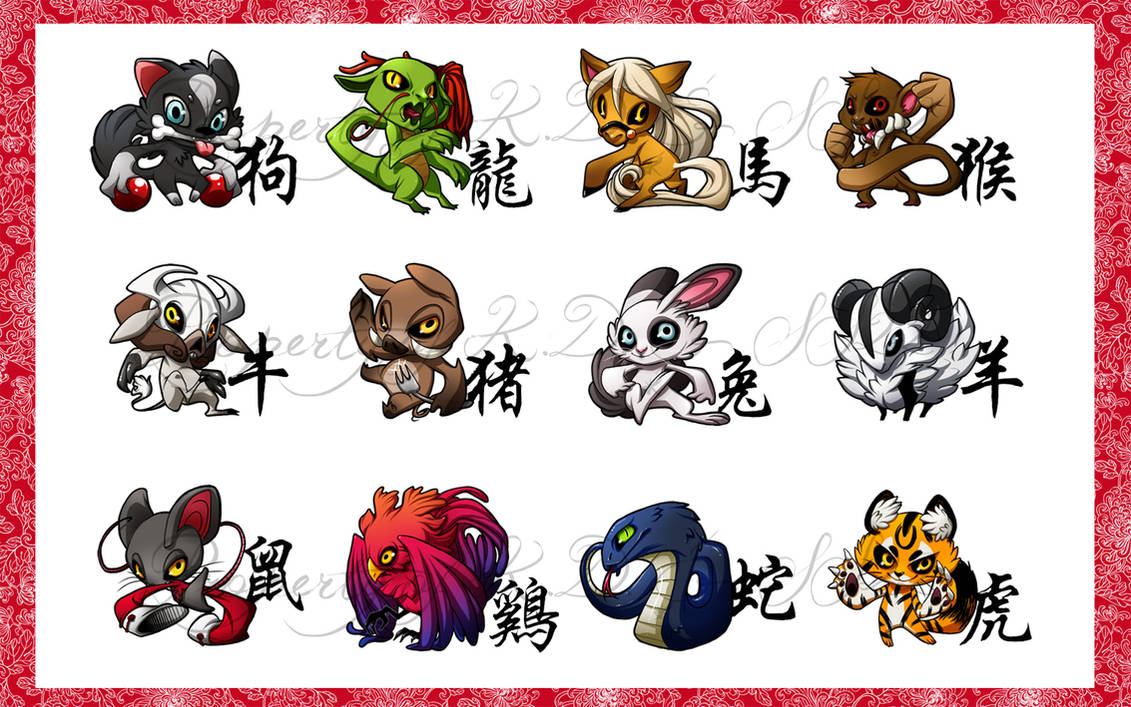Every winter, millions around the world gather with family, friends, and community to celebrate the Lunar New Year, a time of renewal, gratitude, and hope. Rooted in ancient traditions, this vibrant festival transcends borders, uniting cultures across Asia and beyond. From the red lanterns of China to the apricot blossoms of Vietnam, from the ancestral rituals of Korea to the communal feasts in Mongolia, the Lunar New Year reflects both shared values and unique cultural expressions. In recent years, Loara’s Vietnamese Student Association along with teachers Mrs. Tulinh Duong, Mr. Sean Phi, and our Tech Mr. Quang Vo have put on a Lunar New Year celebration complete with performances and food for our community.
But what makes this holiday so special? How do its symbols, traditions, and greetings differ across the countries that celebrate it? In this article, we’ll explore the essence of the Lunar New Year, dive into the distinct practices of five cultural variations, and discover how its messages of unity, prosperity, and respect can inspire students in meaningful ways.
Lunar New Year: A Celebration of Renewal and Culture
What is the Lunar New Year?
The Lunar New Year, often referred to as Chinese New Year or the Spring Festival, marks the beginning of the lunar calendar. Unlike the Gregorian calendar’s January 1, this celebration falls on the second new moon following the winter solstice, typically between January 21 and February 20. It’s a time to honor ancestors, reunite with family, and welcome prosperity, health, and good fortune for the year ahead.
The 12 Zodiac Signs
Each year in the lunar cycle corresponds to one of 12 zodiac signs, each with unique characteristics and associations (Repeat the cycle every 12 years):
- Rat: Intelligent, adaptable, and resourceful. 1960, 1972, 1984, 1996, 2008, 2020
- Ox: Diligent, dependable, and strong. 1961, 1973, 1985, 1997, 2009. 2021
- Tiger: Brave, competitive, and dynamic. 1950, 1962, 1974, 1986, 1998, 2010, 2022
- Rabbit: Gentle, compassionate, and sociable. 1951, 1963, 1975, 1987, 1999, 2011, 2023
- Dragon: Confident, charismatic, and energetic. 1952, 1964, 1976, 1988, 2000, 2012, 2024
- Snake: Wise, intuitive, and private. 1953, 1965, 1977, 1989, 2001, 2013, 2025
- Horse: Independent, enthusiastic, and hardworking. 1954, 1966, 1978, 1990, 2002, 2014, 2026
- Goat: Artistic, gentle, and empathetic. 1955, 1967, 1979, 1991, 2003, 2015
- Monkey: Clever, curious, and playful. 1956, 1968, ,1980, 1992, 2004, 2016
- Rooster: Observant, organized, and honest. 1957, 1969, 1981, 1993, 2005, 2017
- Dog: Loyal, trustworthy, and kind. 1958, 1970, 1982, 1994, 2006, 2018
- Pig: Generous, diligent, and compassionate. 1959, 1971, 1986, 1995, 2007, 2019
The Legend of the Great Race
The Rat is the first sign of the Chinese zodiac due to its cleverness and resourcefulness, as illustrated in a famous Chinese legend: the Great Race or the Jade Emperor’s Zodiac Race.
The story goes that the Jade Emperor, the ruler of heaven, wanted to create a system to measure time. He organized a race and invited all the animals to compete, promising to assign each year in the zodiac cycle to the first twelve animals to finish.
The clever Rat knew it was small and not the best swimmer, so it devised a plan. It asked the Ox, who was strong and steady, for a ride across the river. The Ox agreed, unaware of the Rat’s cunning intentions. Just as they neared the finish line, the Rat jumped off the Ox’s back and dashed across the finish line first, securing the top spot in the zodiac.
The Pig is the last sign of the Chinese zodiac because of its association with relaxation, contentment, and a slower pace of life, as well as its role in the folklore of the Great Race or the Jade Emperor’s Zodiac Race.
According to the story, the Pig started the race with great enthusiasm but got distracted by its love for food and rest. Along the journey:
- The Pig paused for a meal and, feeling full, decided to take a nap.
- By the time the Pig woke up, most of the other animals had already crossed the finish line.
- Despite arriving last, the Pig still earned a place in the zodiac, symbolizing the importance of persistence and that even the slowest can finish the race
The Pig’s position emphasizes the cyclical nature of life, where every ending is also a new beginning. It serves as a reminder to balance ambition with contentment and to savor life’s rewards.
Specific Traditions for the 5 Cultural Variations
1. China
Traditions:
- Reunion Dinner: Families gather on New Year’s Eve for a lavish meal featuring dumplings, fish (symbolizing abundance), and glutinous rice cakes (nian gao).
- Red Envelopes: Elders give children red envelopes (hongbao) with money, symbolizing good luck.
- Firecrackers: Set off to scare away evil spirits, particularly the mythical Nian.
- Lantern Festival: Held on the 15th day, featuring lantern displays and dragon dances.
Greeting: “Xīnnián kuàilè” (新年快乐) – Happy New Year!
Symbolism: Red for luck, gold for prosperity, and the dragon for power and strength.
School Activities:
- Create red envelopes with messages of kindness.
- Host a dragon dance performance.
- Teach students to make paper lanterns or write their zodiac sign in Chinese calligraphy.
2. Vietnam (Tết)
Traditions:
- Cleaning and Decorating: Homes are thoroughly cleaned to sweep away bad luck and decorated with hoa mai (yellow apricot blossoms) and kumquat trees.
- Ancestral Worship: Families prepare altars with incense, fruit, and offerings for deceased relatives.
- Lucky Foods: Bánh chưng (square sticky rice cake) and pickled vegetables are served.
Greeting: “Chúc Mừng Năm Mới” – Happy New Year!
Symbolism: Yellow and red for prosperity, and the kumquat tree for family growth.
School Activities:
- Make paper apricot blossoms for decorations.
- Teach students how to craft origami kumquat trees.
- Share traditional Vietnamese folk tales about Tết.
3. South Korea (Seollal)
Traditions:
- Charye Ceremony: Families prepare a table of food offerings to honor ancestors.
- Wearing Hanbok: Traditional Korean attire is worn during rituals and gatherings.
- Games and Stories: Families play traditional games like yutnori and share folk stories.
Greeting: “Saehae bok mani badeuseyo” (새해 복 많이 받으세요) – Wishing you lots of luck in the new year!
Symbolism: The color white for purity, and the circle symbol for unity and continuity.
School Activities:
- Teach students to play yutnori.
- Host a cultural day where students wear hanbok or design their own.
- Explore the significance of Korean New Year foods like tteokguk.
4. Malaysia & Singapore
Traditions:
- Reunion Dinners and Open Houses: Families and friends visit each other, sharing traditional dishes.
- Lou Hei/Yu Sheng: A prosperity toss salad, where ingredients are tossed together with chopsticks for good fortune.
- Chingay Parade: A multicultural parade featuring lion dances and performances.
Greeting: “Gong Xi Fa Cai” (恭喜发财) – Wishing you prosperity!
Symbolism: Oranges for wealth and unity, and the lion dance for warding off evil.
School Activities:
- Organize a “Prosperity Toss” event with symbolic foods.
- Teach the meaning behind the lion dance and let students craft lion masks.
- Discuss how Lunar New Year is celebrated by multicultural communities.
5. Mongolia (Tsagaan Sar)
Traditions:
- Visiting Elders: Families visit the oldest members, bringing symbolic gifts like milk and aruul (dried curd).
- Traditional Clothing: Mongolians wear their finest deel (robes).
- Feast of Dairy and Mutton: Meals center on sheep’s tail fat and dumplings (buuz).
Greeting: “Saikhan shined onosh” – Have a wonderful new year!
Symbolism: White for purity and milk for sustenance.
School Activities:
- Teach students how to make Mongolian dumplings.
- Discuss the importance of respect for elders in Mongolian culture.
- Create visual presentations about deel clothing and its symbolism.
